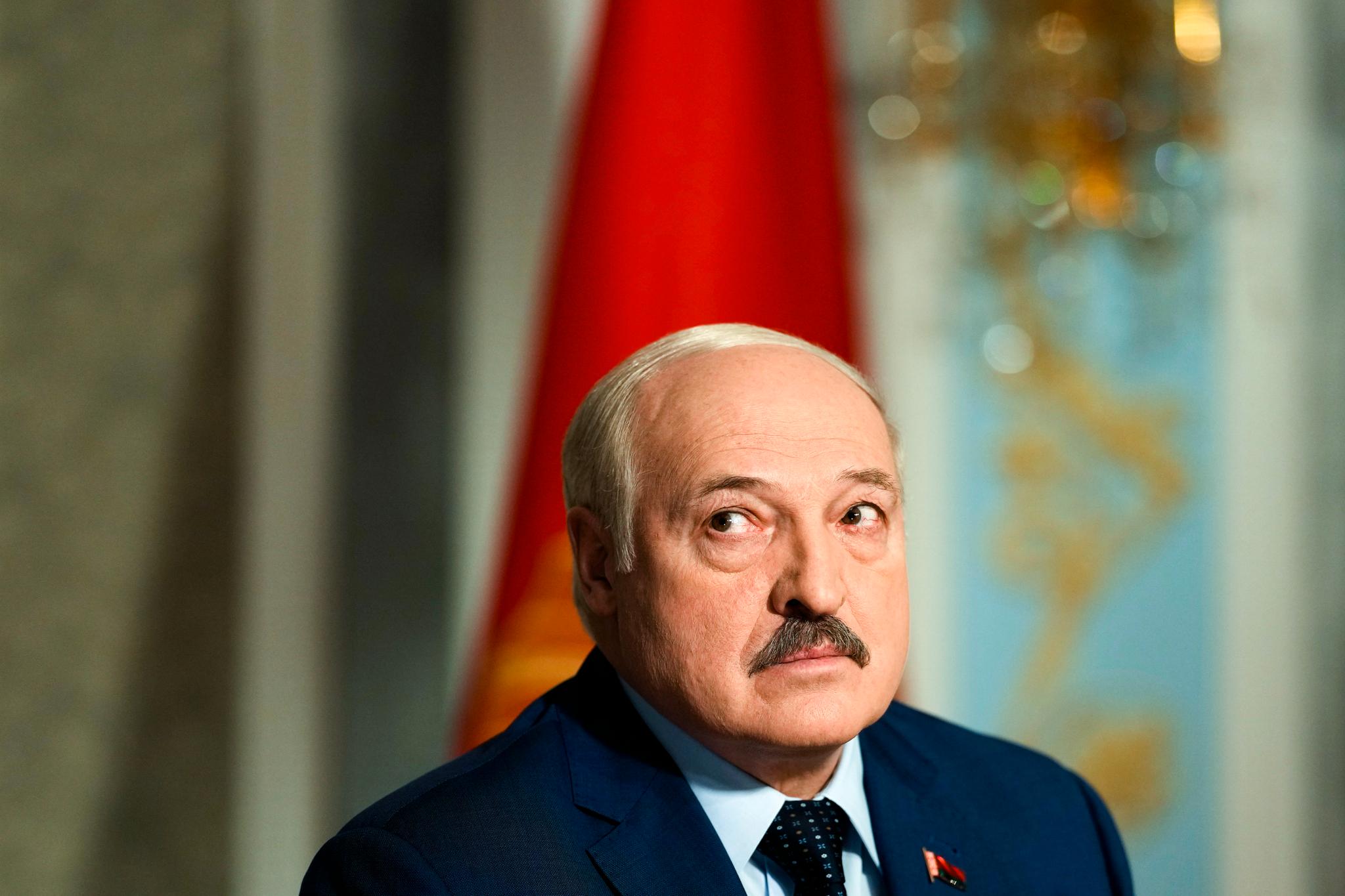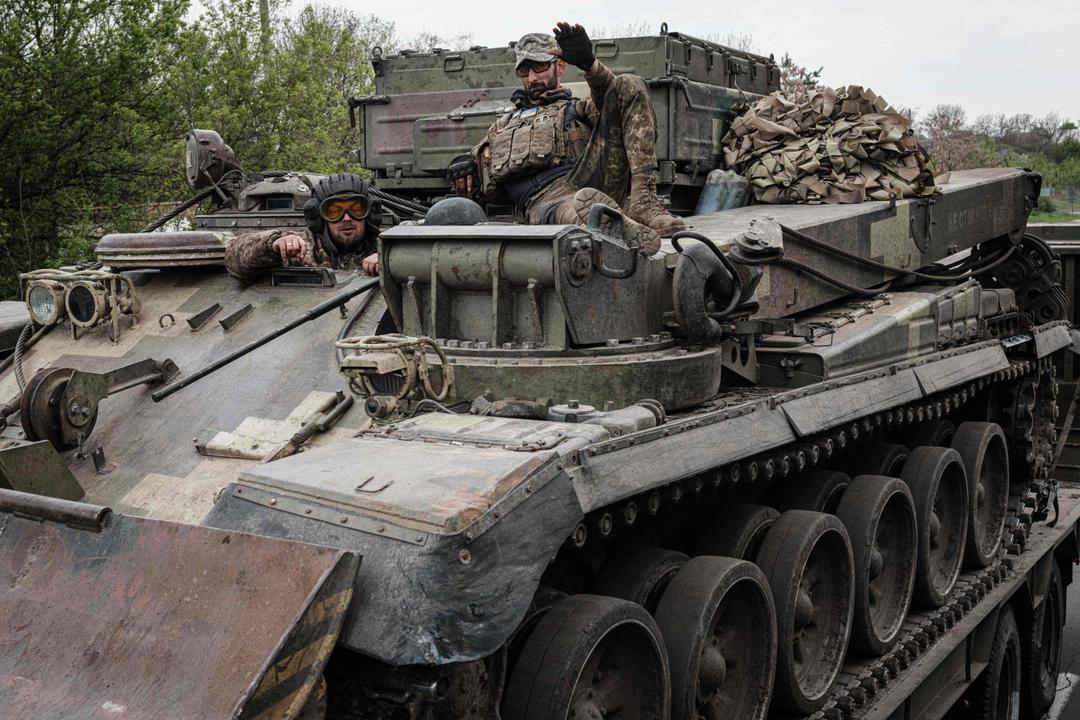Kan vesten forsyne lette og tyngre våpen til Ukraina i 2-5 år fremover? Er det mulig eller har Russland trukket seg tilbake før den tid?erabser
I henhold the the Economist så er USA i ferd med å gå tom for lettere våpen og må snart skifte strategi mht våpenleveranser. Sannsynligvis vil de få mer avanserte våpen..
In all, America and its allies have provided more than 60,000 anti-tank weapons to Ukraine. These include not just the Javelin but also the Panzerfaust from Germany and Next-generation Light Anti-tank Weapons (NLAWs) from Britain and Sweden. All have helped (along with other types of weapons). More than 3,000 Russian tanks and other armoured vehicles in Ukraine have been destroyed, damaged, abandoned or captured, according to Oryx, an open-source intelligence blog. With Russian forces narrowing their focus on Donbas, however, still more weapons are needed. More than 10,000 Russian armoured vehicles remain in operation (with thousands more in storage), according to Mark Cancian of the Centre for Strategic and International Studies. President Joe Biden has asked Congress for a whopping $20bn more in military aid. But assistance in the form of Javelins and other anti-tank systems could soon dry up. …
Most of these weapons have come from stockpiles. Factories may not be able to raise production quickly. Take the Javelin. America does not release details of its stock of weapons. But according to budget documents, its army has bought around 34,500 Javelins since they went into service in 1996. Mark Cancian of the Centre for Strategic and International Studies, another think-tank, reckons that it has used 12,500-17,500 for training and testing. That would leave 17,000-22,000 in stock at the end of 2021. So the 7,000 Javelins given to Ukraine may account for a third or more of the army’s stock (see chart). His calculation excludes about 2,400 Javelins bought by the marines, and perhaps 5,000 expended in Iraq and Afghanistan.
Ms Hicks warns against fixating on particular weapons. “We talk in name-brands. People walk around the street talking about Javelin, but the reality is that we’re providing our anti-tank systems,” she notes. What Ukraine needs is not a specific weapon, but a capability, such as stopping armoured vehicles. That might be provided by other weapons or allies (Britain and Sweden, say, which have sent their jointly produced Next-generation Light Anti-tank Weapon). And America, she says, is able to draw down stocks of Javelins and Stingers because it has other means with which to destroy tanks and planes.
For America, the war in Ukraine is still a limited commitment. But if its industry is under strain now, could it cope with a big war—say against China over Taiwan? “In world war two, one reason industry could rapidly make the shift was because we had a massive amount of unused industrial capacity after the Depression,” says Mr Martin. “Right now the arsenal of democracy is not capable of responding to the demand of long-term high-intensity conflict.”


 www.dagbladet.no
www.dagbladet.no













